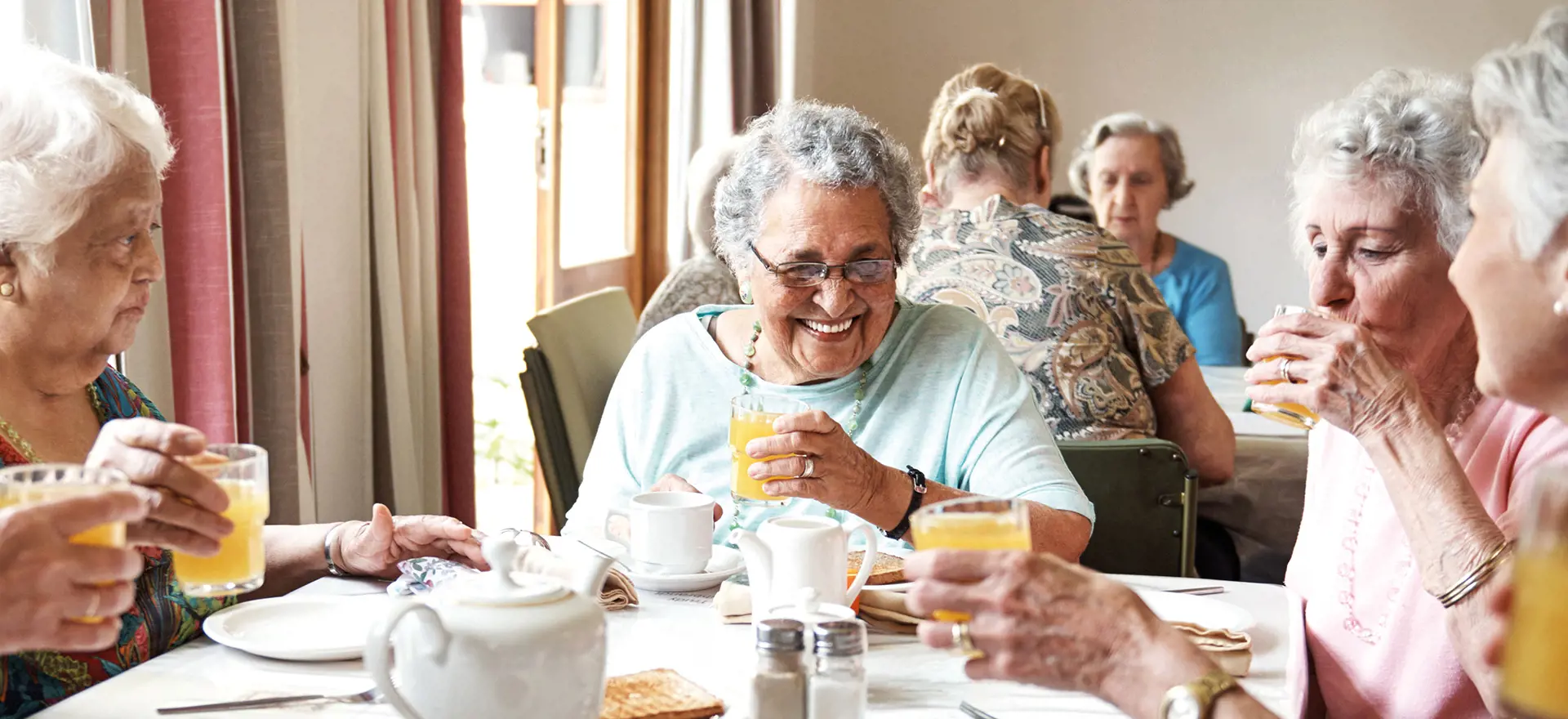Lichfield’s second edition of ‘
Solutions to an Age Old Problem’ (‘SOAP2’) and the report provides a refreshed view of how local plans in England address older people’s housing needs.
SOAP2 finds that there are currently 10.4m over 65s in England and this is projected to rise to 14.2m by 2041; as the fastest growing age group nationally in the last decade, the need for and availability of the right types of housing will be a growing focus for local planning authorities. Furthermore, understanding what housing might best be suited to these different needs also requires an understanding of health, as this will be a key factor influencing how much support and care an individual might need. Based on the 2021 census data, over 57.7% of over 65s reported that they are in good health and the second largest tenure nationally is affordable rented housing - over 800,000 older households. Drawing upon Lichfield’s SAOP2, this blog focuses how specialist housing that meets identified local needs can support older people’s health and their ability to age well in London.
What is the picture in London?
Whilst London continues to be the youngest region – with just 12% of its population being over 65 in 2021 – over 65s still comprise well over a million people in the capital and represent an important element of the capital’s housing market. In addition, Londoners aged 60 and over make up the fastest-growing demographic in the capital and the number of Londoners aged 65+ is forecast to rise by 30% by 2030.
Mayor’s action plan
[1] to make London more age-friendly is committed to focusing on increasing older Londoners’ access to housing that is affordable and meets their needs. Affordability of housing is a huge issue in London and it can force older people out of areas where they want to live and may have lived for a very long time. Age UK report that this has a massive bearing on an individual’s quality of life, health and wellbeing
[2]. Some older people live with relatives from younger generations, either by choice or out of necessity and for financial reasons. Looking at London overall, the proportion of over 70s living in multigenerational households is significantly higher at 24% than the UK average of 15%.
Appleby Blue Almshouse in Bermondsey, London – a case study to learn from?
Appleby Blue Almshouse in Bermondsey, London is run by United St Saviour’s Charity and comprises 57 self-contained homes (Class C3 use) that are all for social rent and specifically designed for over 55s who want to be active and part of a community in the city. Completed in 2023, it rethinks the way solely affordable housing for older people can be designed to support health and wellbeing – and now it is shortlisted for the Housing Design Awards 2024
[3].
Why is it successful?
Appleby Blue Almshouse:
-
Supports the local community and reduces social isolation - shared rooms on the ground and first floor support both active and sociable uses. The Garden Room, cookery school, craft room and lounge front the high street and can be used by residents and the wider community.
-
Connects people with nature - homes are arranged a courtyard garden and feature semi-private spaces within glazed deck access galleries to create a sense of communality. Large sliding screens open to the courtyard garden and generous benches and planters outside each apartment allow residents to sit with a friend or neighbour.
-
Meets health needs - although no care is directly provided as part of the residence, residents have the ability to arrange for external care to come on site.
SOAP2 highlights the importance of recognising that older people will still likely want to remain integrated within their local area and live as close as possible to their friends, family and existing communities. Appleby Blue Almshouse successfully supports social and health needs amongst Southwark’s older population, encourages people to be independent for longer, and allows older people to remain within Bermondsey.
Looking forward
As our population continues to age, the importance of the planning system in ensuring that the housing needs of older people are addressed is only increasing. Specialist and well-designed affordable housing for older people is just one focus for local authorities who will ultimately need to consider how they assess varied needs through their evidence. For London, Appleby Blue Almshouse is an excellent example of how we can design and plan for the future needs of our ageing population.
[1] https://www.london.gov.uk/programmes-strategies/communities-and-social-justice/older-people/mayors-action-plan-age-friendly-london/towards-age-friendly-london-summary#read-the-action-plan-198982-title
[2] https://www.ageuk.org.uk/london/projects-campaigns/age-friendly-london/housing/
[3] https://hdawards.org/



